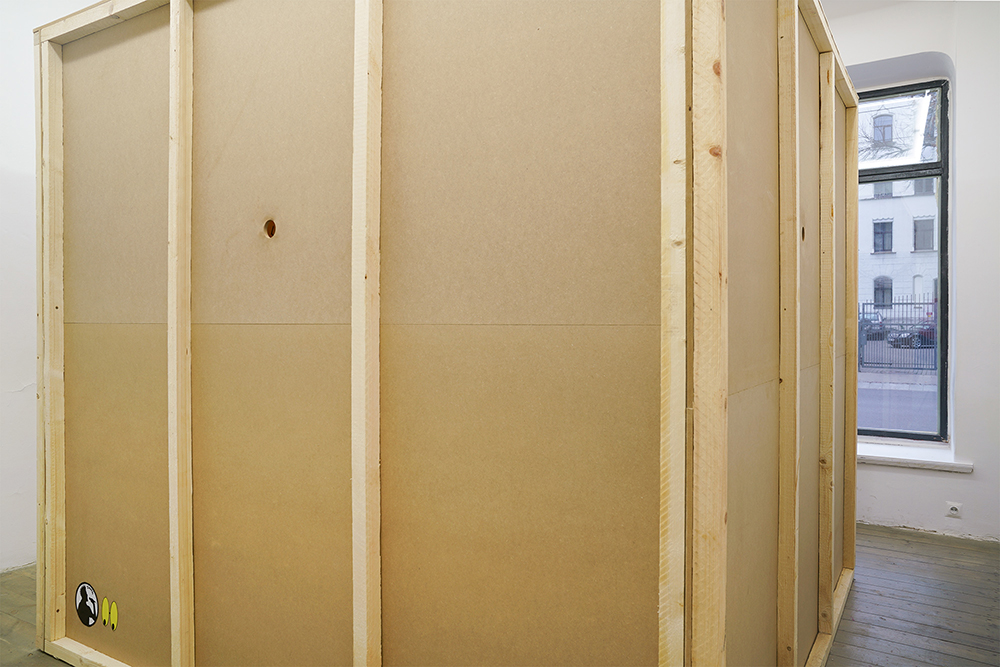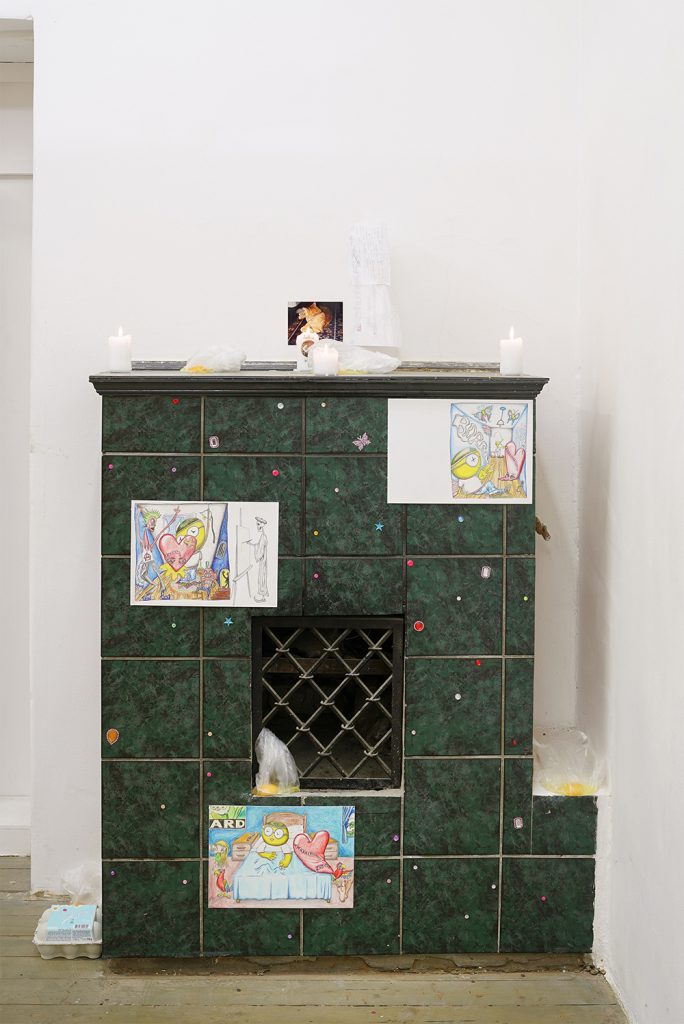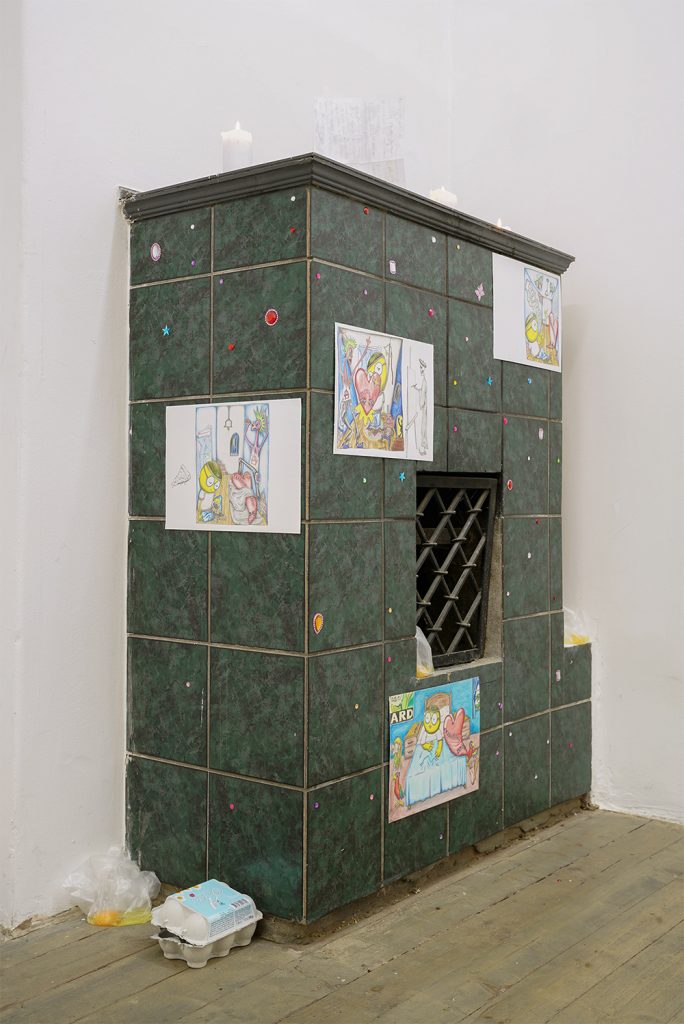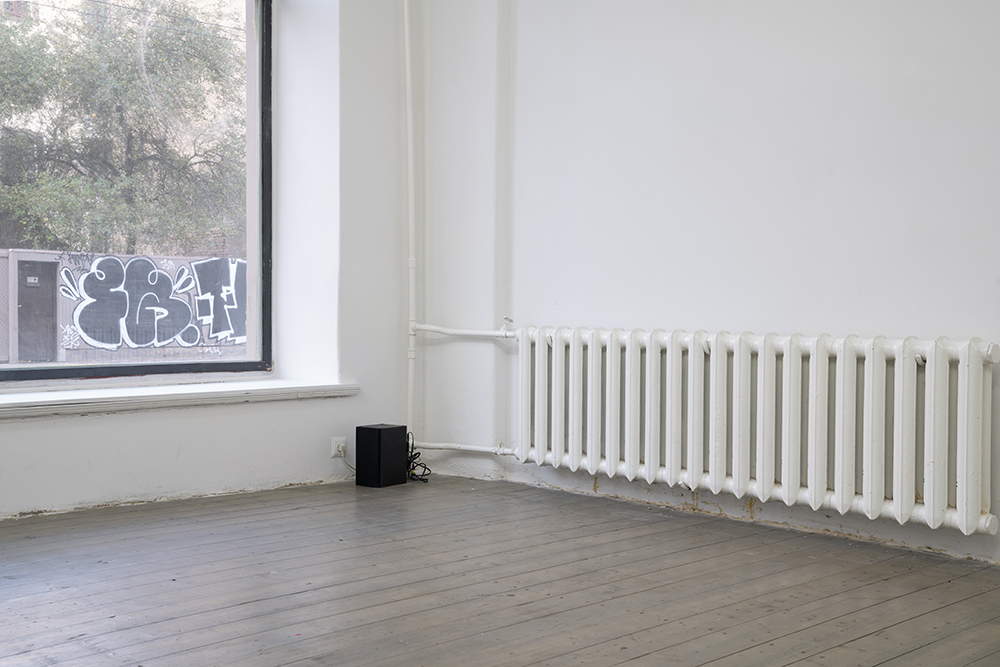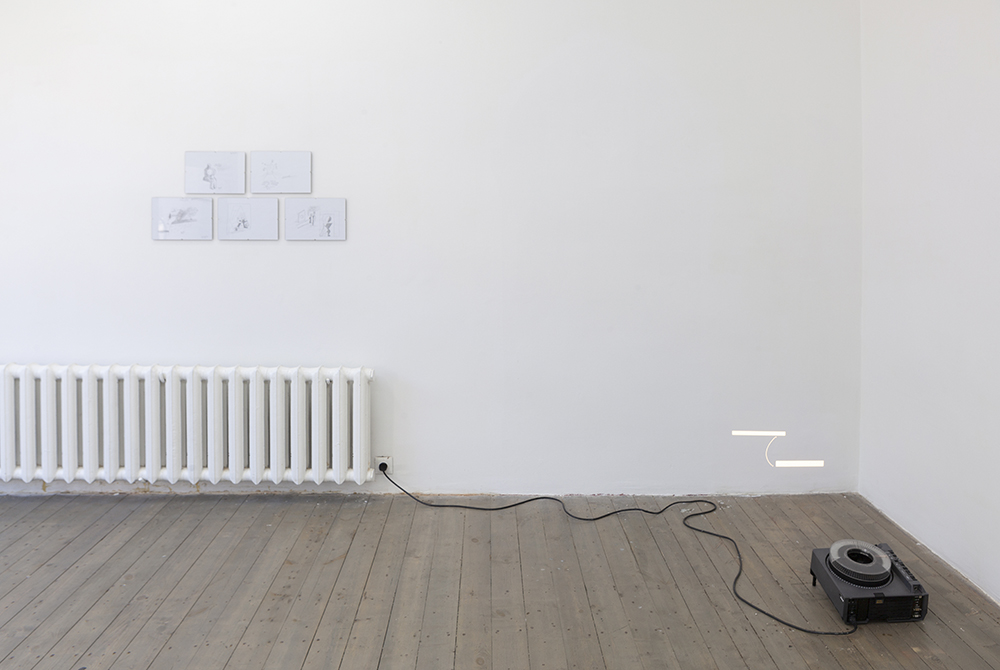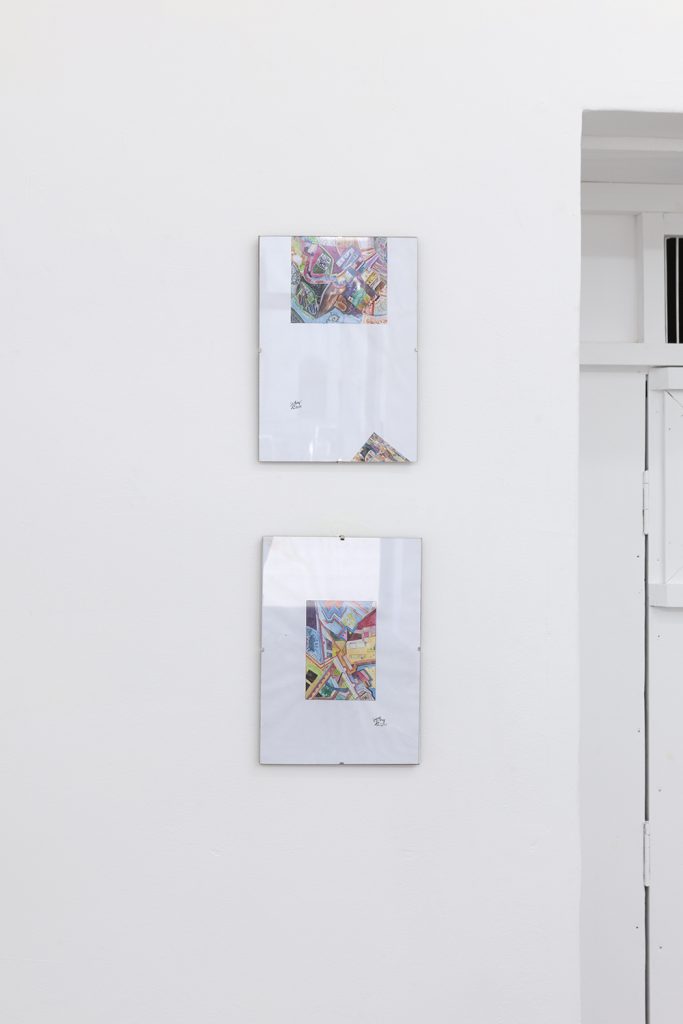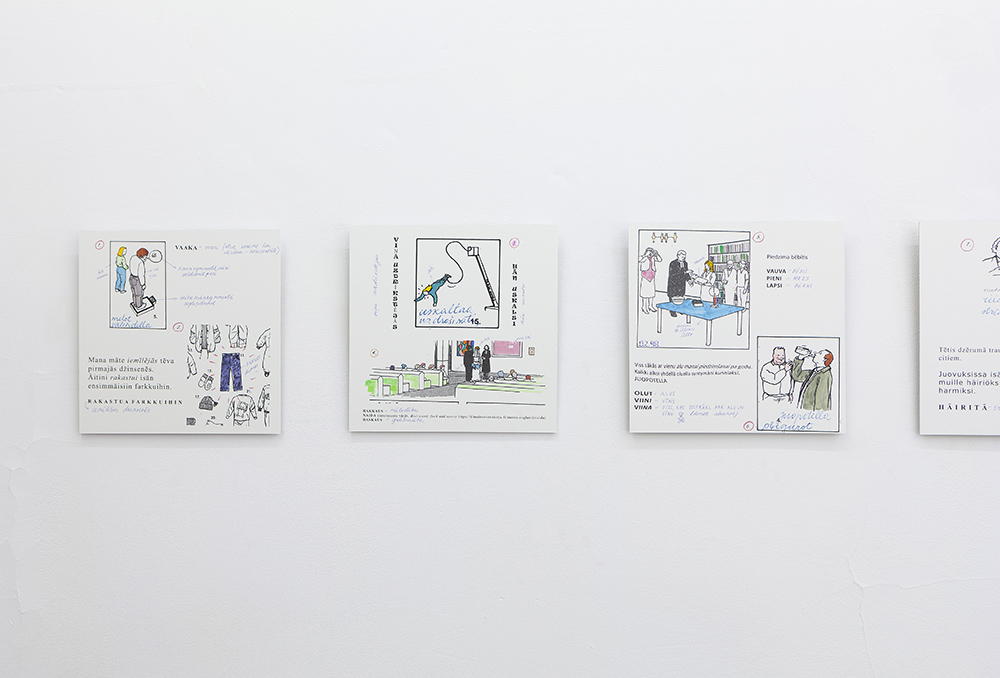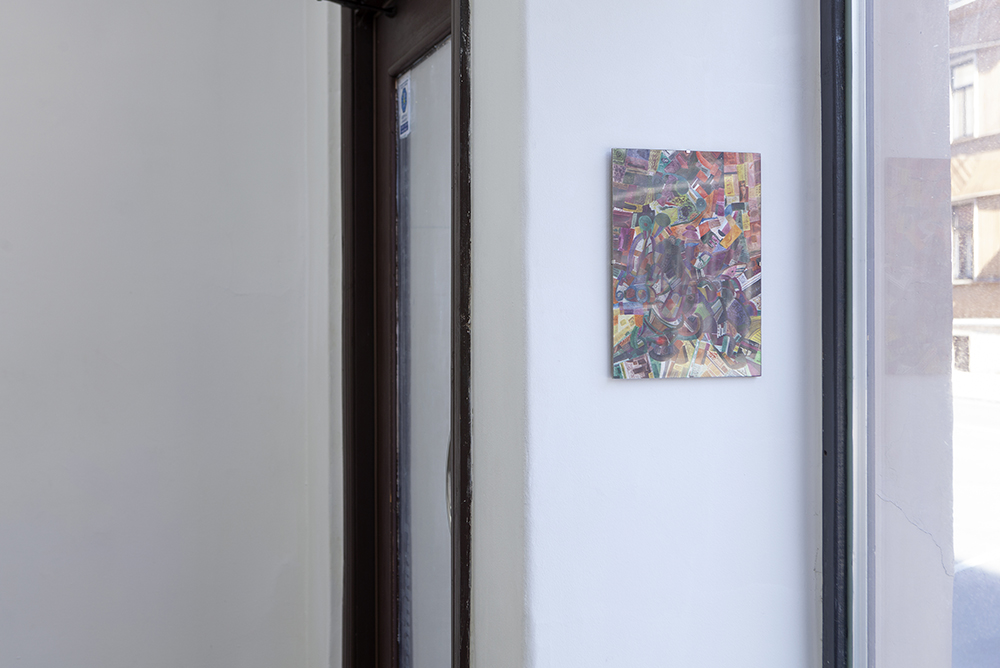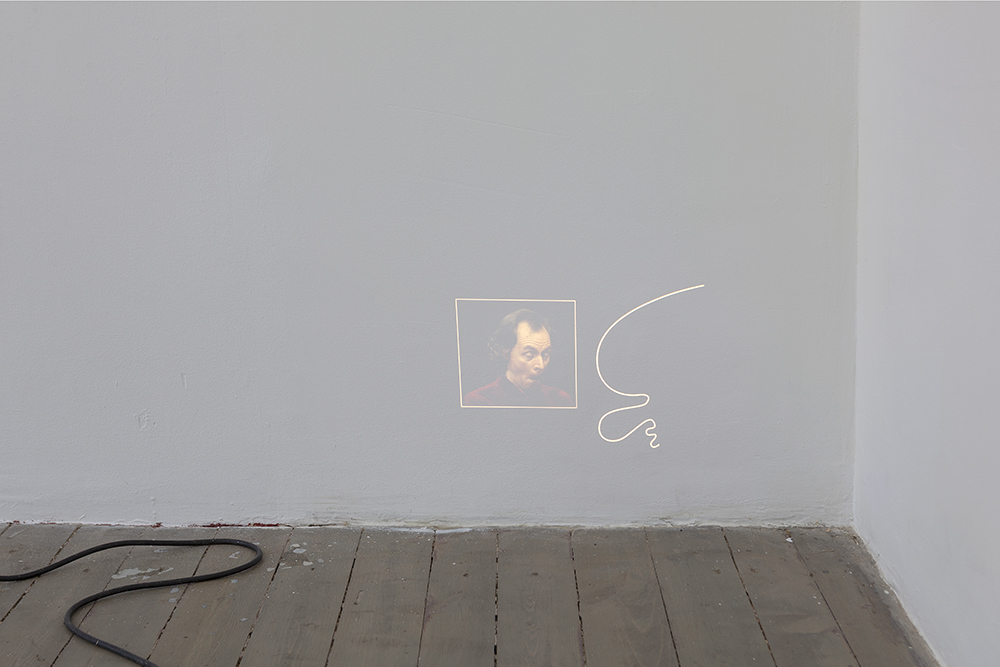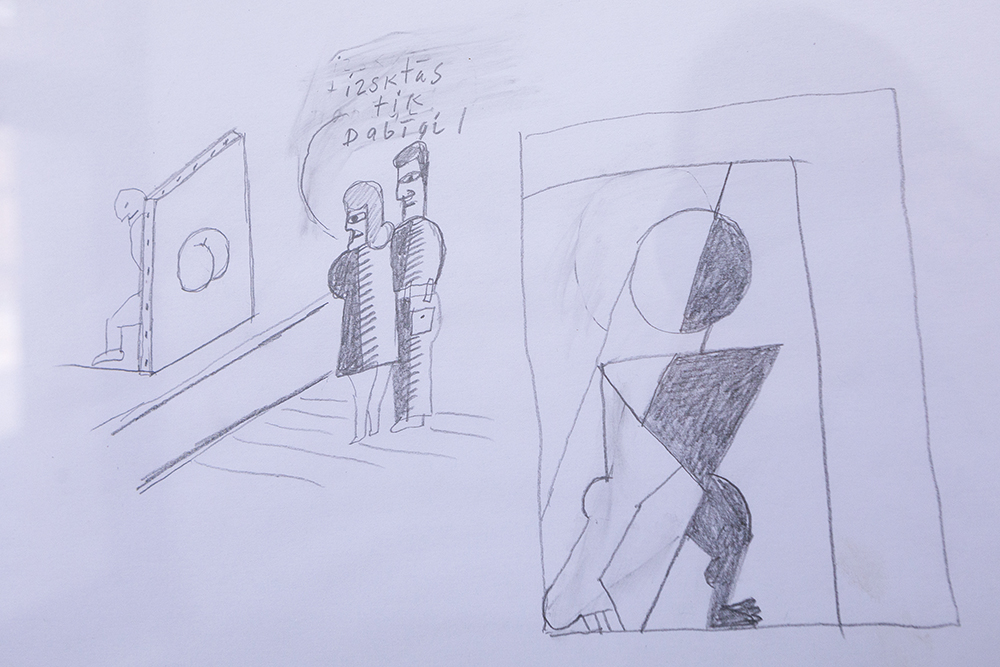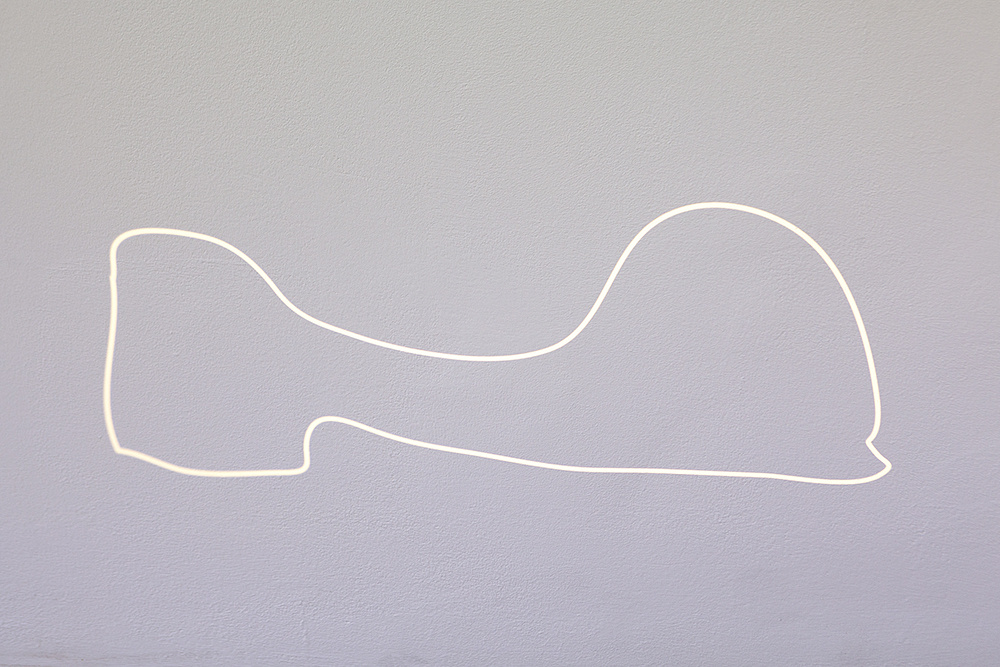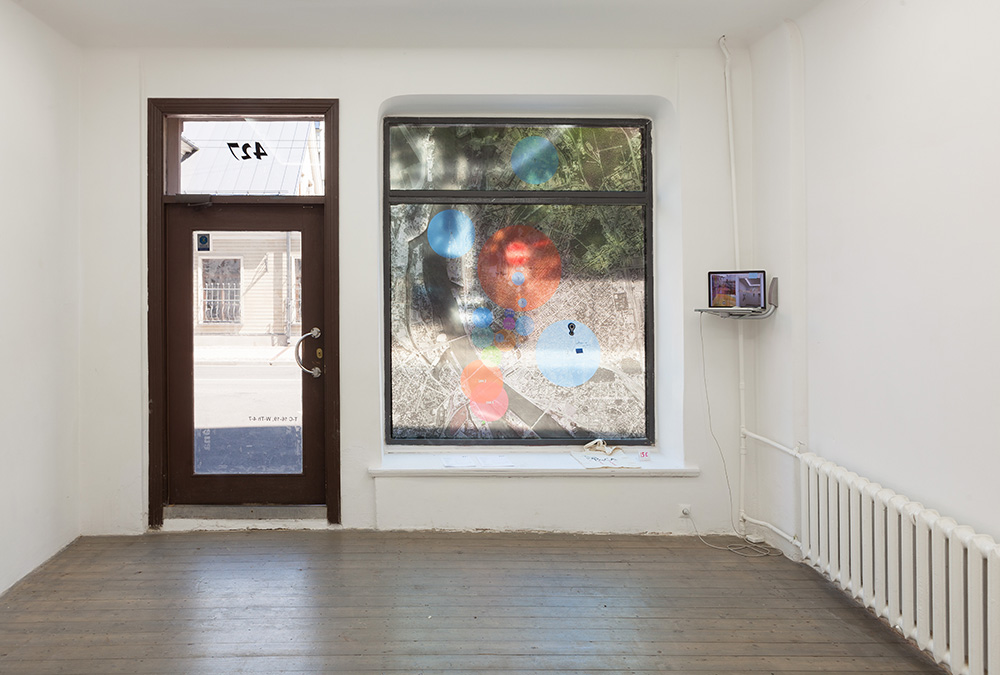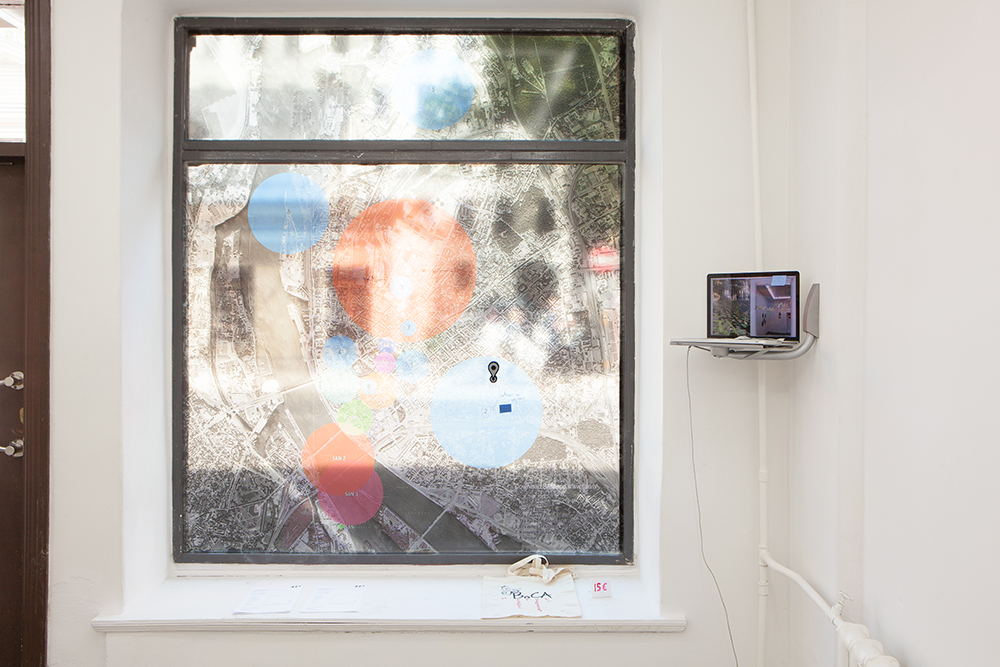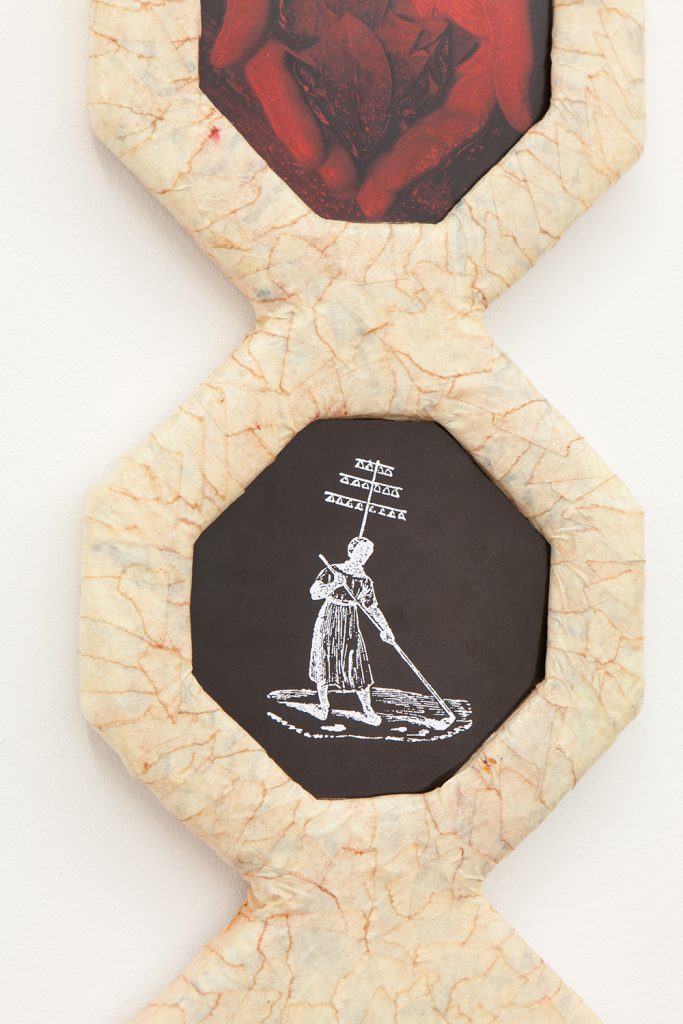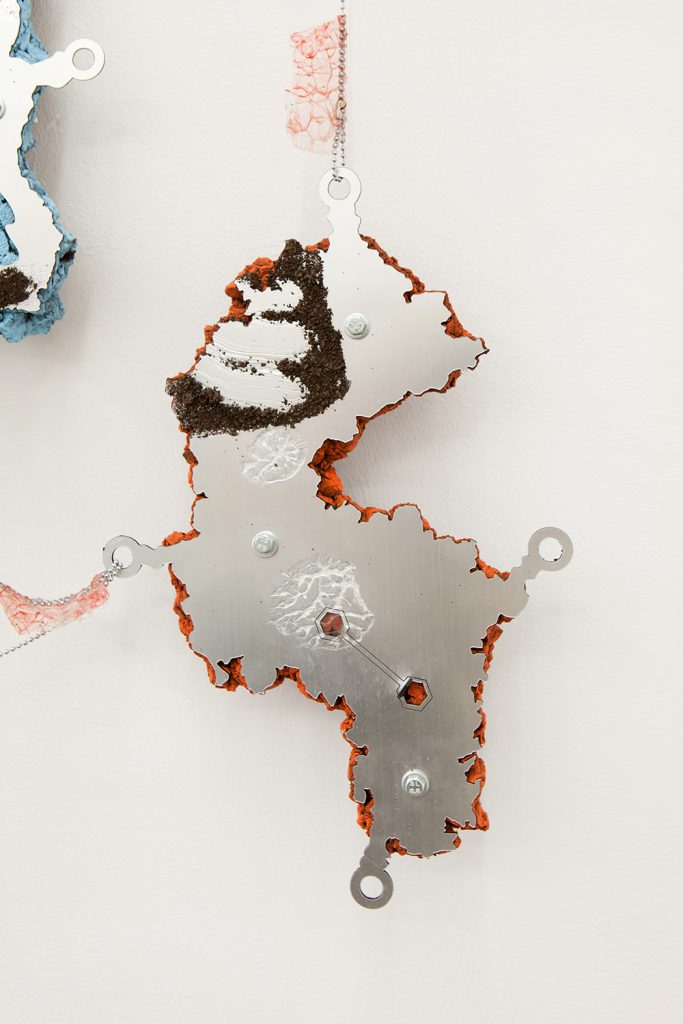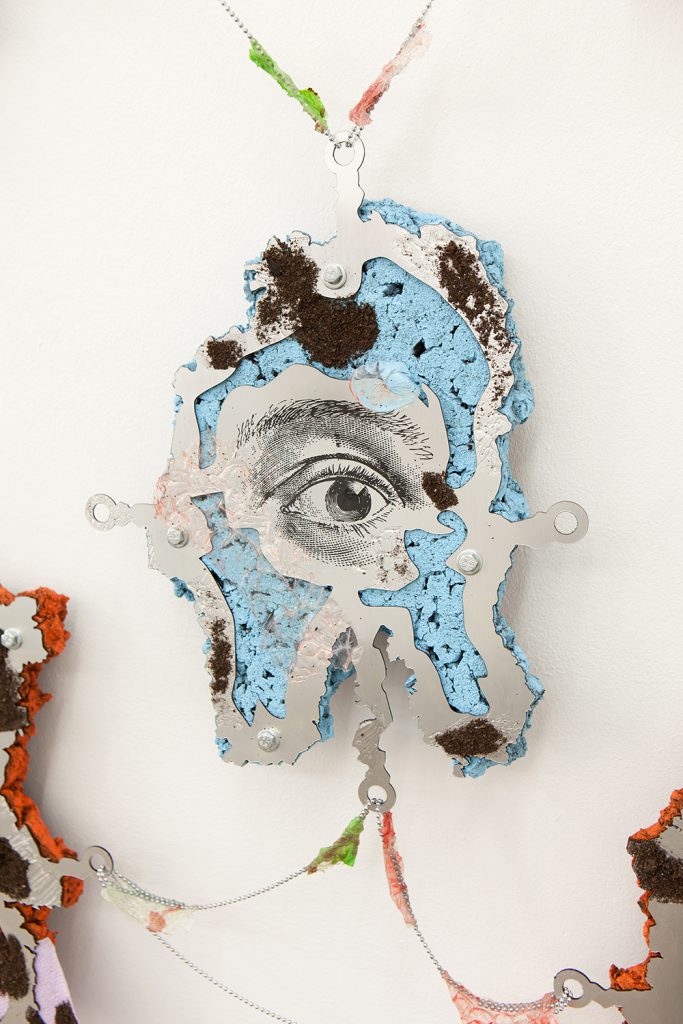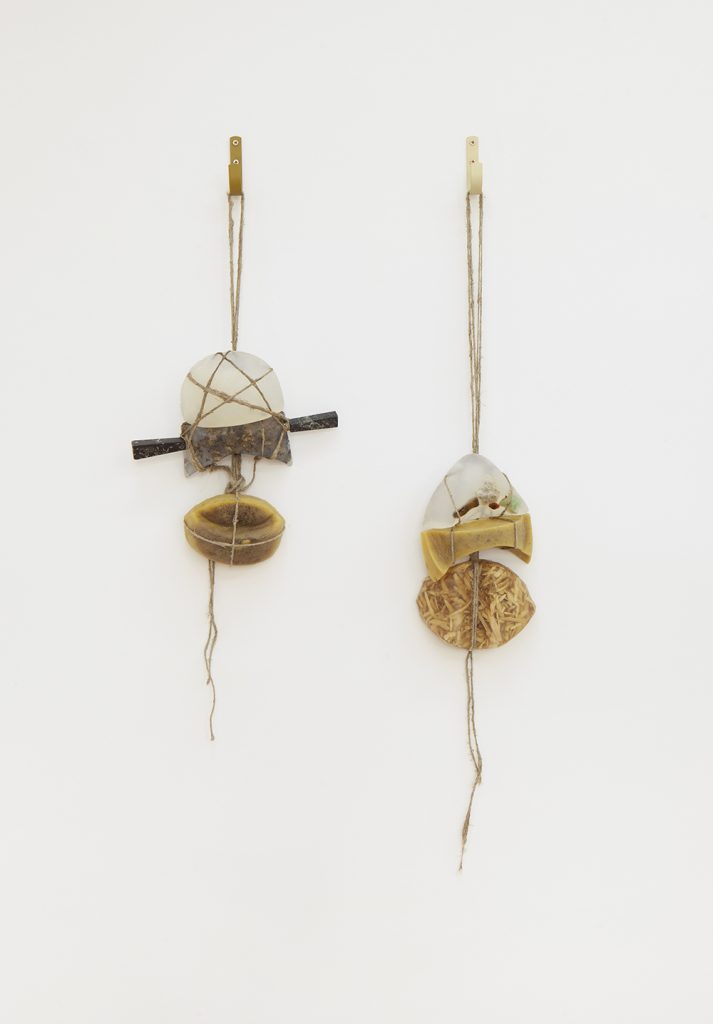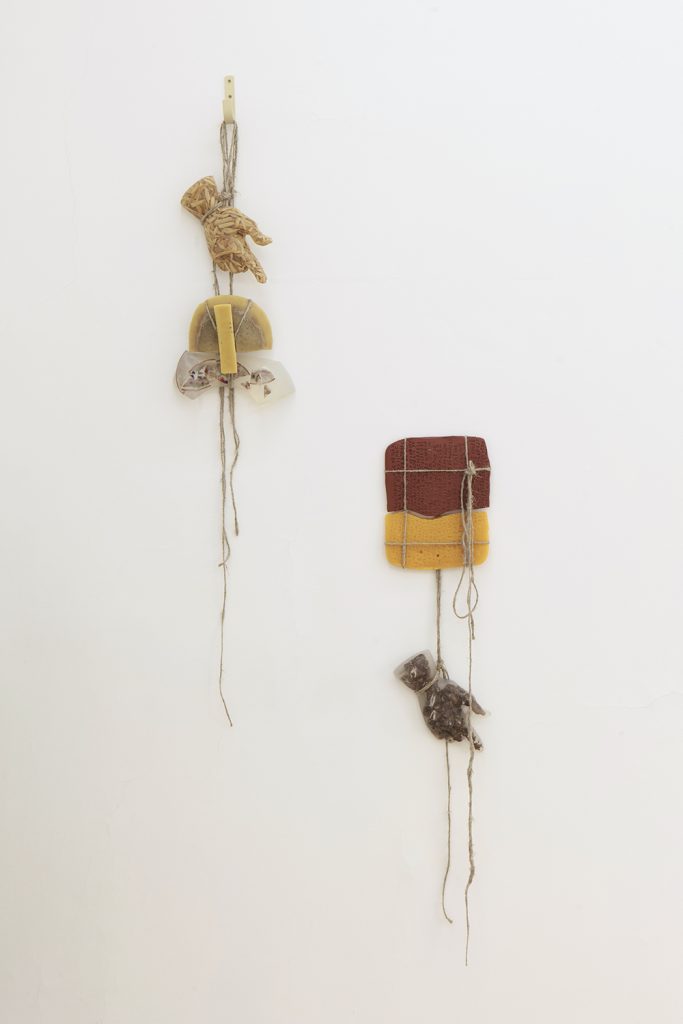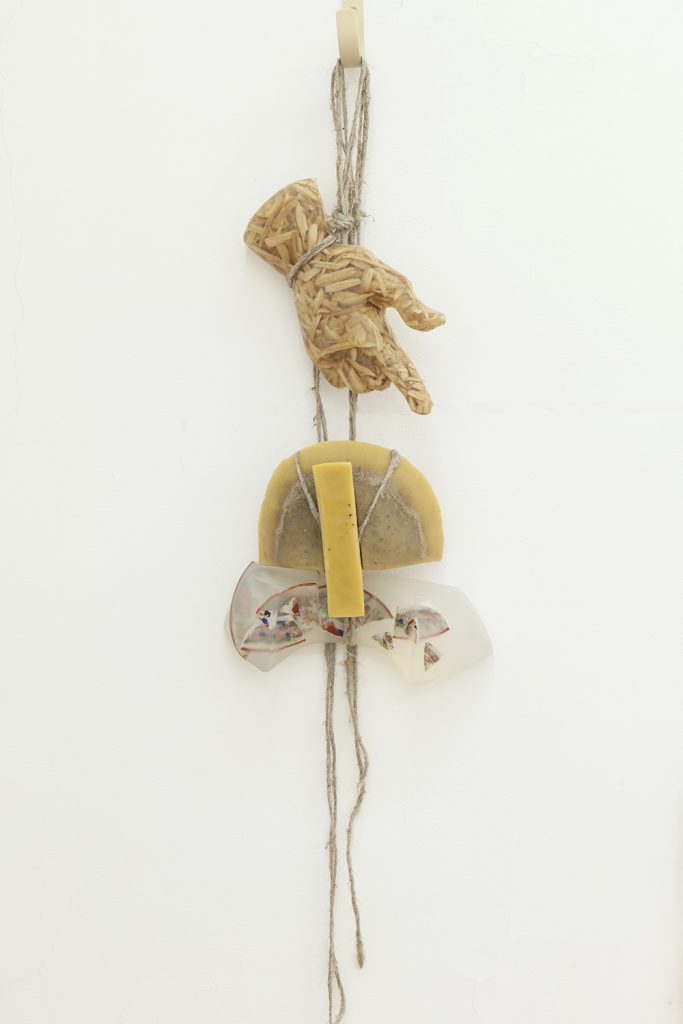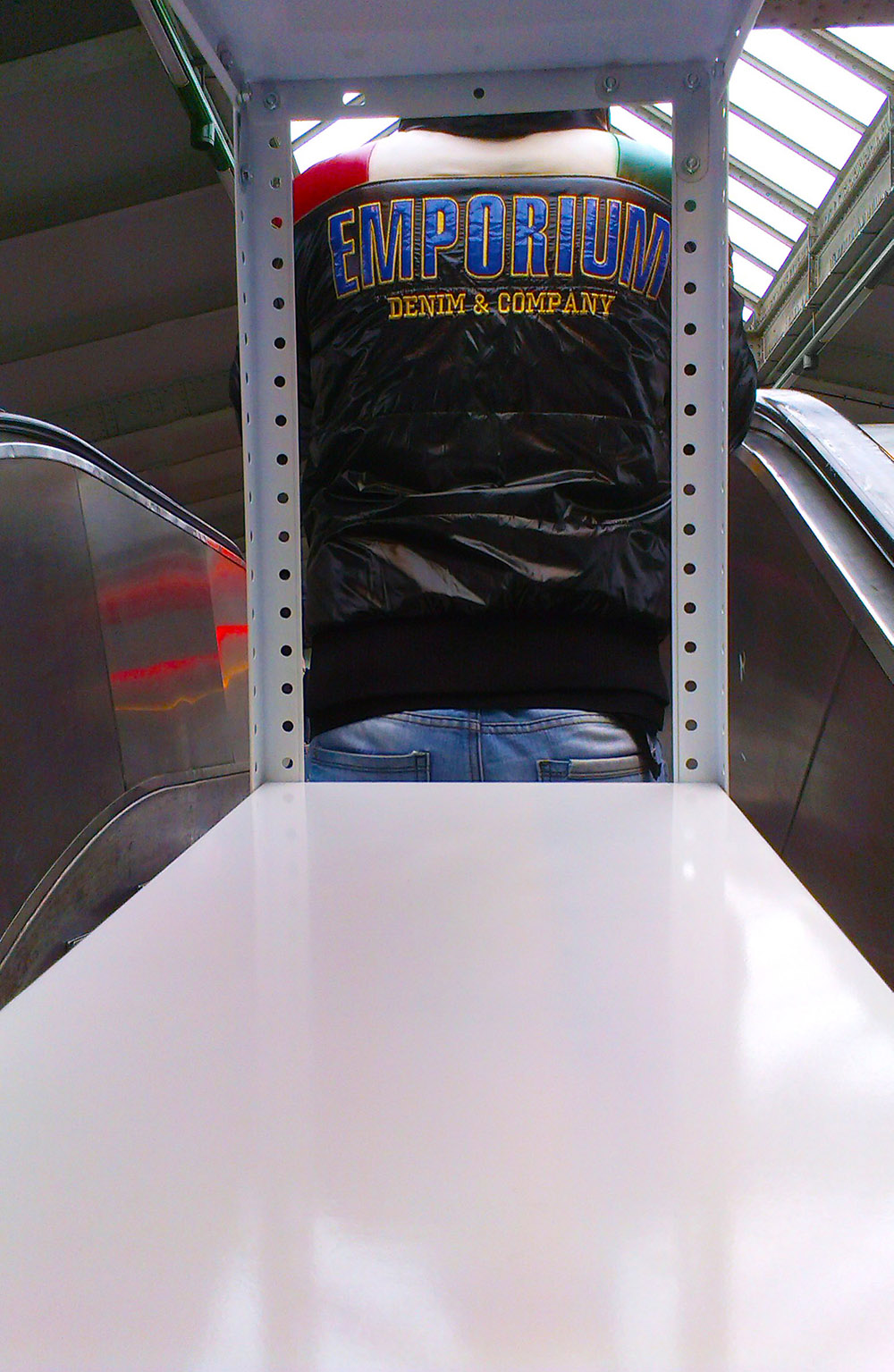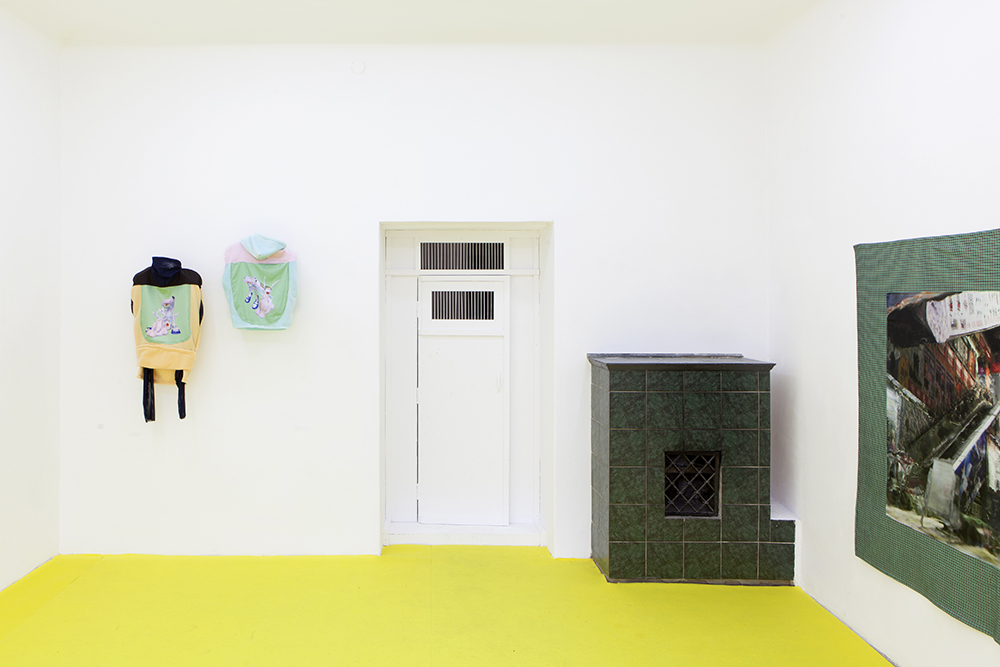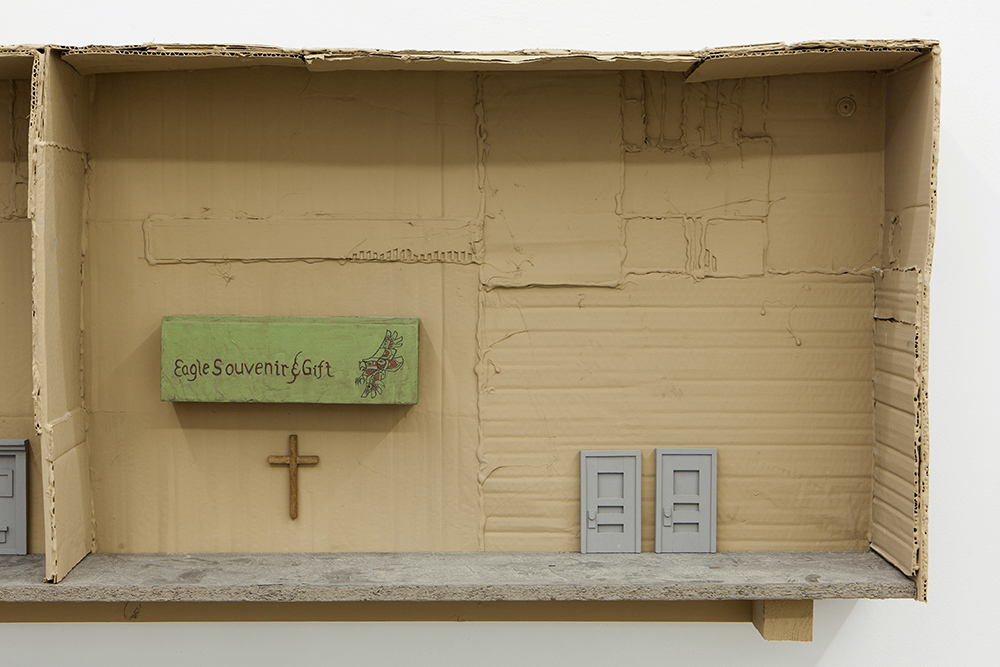Egg Punk Karaoke
Bora Akinciturk
15/11 – 21/12/2018
“I hate boiled eggs.“
“Seriously?”
“My mom used to make boiled eggs for breakfast every day.”
“Like, every single day?”
“Yes, every single day, day in and day out. And I am not talking scrambled eggs or omelette, nor that thing, you know, when you crack an egg directly into a pot of boiling water?..”
“Poached eggs.”
“Yes, poached eggs. She never made these either, she would just boil eggs every day. I used to eat them throughout my entire childhood, as long as I can remember myself. It seems that as soon as I stopped drinking her breastmilk, I immediately switched to boiled eggs. First breastmilk — and then boiled eggs straight afterwards. And nothing else, nothing in between.” “And for how long did you have to eat them?”
“Well, as long as I lived with parents.”
“But you still live with parents.”
“Well, yes, sort of, but I am spending less time there now. Sometimes I sleep at your place man.”
“But I live with parents, too. So you either live with my parents or with your own. In any case, you always live with parents.”
“But at least when I am at your parents’ place, I do not have to eat boiled eggs.”
“True dat. My stepfather is allergic to eggs. Once he got drunk with his friends and made a bet that he would eat 5 boiled eggs in one go.”
“And what happened?”
“Well, his throat got swollen, he began to choke hard, flushed all over, and collapsed to the floor…”
“Were you at home when it happened?”
“Yes, my mother was out, I don’t exactly remember where she went, and I stayed home with him. I heard the screaming, rushed into the kitchen and saw him rolling on the floor and choking hard. He was wheezing like a dog.”
“Dogs don’t wheeze.”
“Dogs don’t wheeze.”
“They do. My dog wheezed when it was dying. I thought he would die, too.” “Were you scared?”
“No, I think I didn’t care all that much. I remember standing there and thinking that if he was to die right then and there, then maybe his friends would not leave and would stay in our place till my mother’s return. I didn’t want that. But what I remember is that I was really flabbergasted by the color of his face—he was completely red. You know, red, like … well, like a tomato or something like that. He was really red. I thought people could not have such red faces. I remember he was wearing a red shirt and turned red, you know, the color of his shirt. As if the shirt, you know, extended to his face and he became it. He turned into his own shirt.”
“When I was a child I was really scared of suffocating on something.”
“Like, on what?“
“I don’t know, like, on anything.”
“For example?”
“Well, for example, I was afraid I would swallow a stone.”
“A stone?”
“Well, a stone, yes.”
“Like, a big one?”
“Well, the one big enough to get stuck in my throat.”
“Dude, what should happen for a stone to get stuck in your throat?”
“Well, for example, I could run and fall all of a sudden and my gaping mouth would drag on the ground scooping stones, so I would swallow a stone … or, for example, I would lift my head up while staring at something while a bird flying above my head would drop a stone and it would fall right into my mouth.”
“A bird? Really?”
“Do you know that some birds do carry stones to build their nests?”
“Dude, I’ve never heard of anything like that. In any case, it’s rather stupid to think that a bird would drop a stone and it will fall right into your mouth”
“Why? Are you so damn sure that there is something that would never get in your mouth?”
“Well, it probably wont’ be a stone, and what’s more, a stone dropped by a bird straight into my mouth.”
“You know, I think he’s right. Come to think of it, anything can end up in your mouth. My stepfather, I think, was dead sure that these eggs would never end up in his mouth, but he just made that bet, and there they were.”
“Damn, I will not make a bet with you that I would take a stone into my mouth!”
“Not a stone maybe, but something else—yes. Even those eggs.“
“But what’s the deal with eggs? I am not allergic to them.”
“Well, I’m not talking about eating them, but, say, of stuffing your mouth full of eggs.”
“What?“
“Well, for example, when you put a few peeled boiled eggs into your mouth at once and keep them there for some time without chewing or swallowing them, just keep them in your mouth.”
“I think they will slip out.”
“Well, if you close your mouth tightly they won’t.”
“Peeled boiled eggs are very slippery, so if you close your mouth tightly, then they will slip in the other direction —they will begin to slide down your esophagus and get stuck there.”
“Dude, I’ve just figured something out. You hate boiled eggs and you’re afraid that something might get stuck in your throat.”
“So?”
“Well, it seems the two are linked. Like, you hate eggs because you are afraid that they are going to get stuck in your throat. This might have already happened to you. Maybe in your early childhood that did happen, but you just don’t remember that. You know that we gain our first memories after the age of three, don’t you? Well, that is to say, if your mother started feeding you eggs when you were younger than three, maybe one of those eggs got stuck in your throat once, and you just don’t remember that.”
“Come on, I do remember myself even before the age of three.”
“Oh really? And what is it that you remember?”
“Well, I remember lying in the crib and looking through the bars of the crib into the room, and there was no one in the room at that time, and I really wanted someone to come in and get me out of the crib because I had to look at everything through those thick wooden bars, and that really sucked big time.”
“So you are saying that not only do you remember yourself at that age, but you also remember how you felt?”
“Well, sort of, yes.”
“But this is bullshit, dude. You don’t remember what you did yesterday and you are saying that you remember how you felt when you were lying in the crib with the bars.”
“Yes, I also remember trying to gnaw on those bars incessantly. I would chew on them all the time. Apparently they enraged me so much that I wanted to destroy them. Or at least to get through them somewhere outside.”
“Yeah, like, striving for freedom.”
“Haha.”
“We all sit in cribs with bars, dude.”
“What?”
“I am saying that we all sit in cribs with bars, like, we look at the world through the bars. Everyone is stuck in such a crib for life. The difference between us and the ordinary people is that we understand that we sit in such a crib, while the ordinary people simply don’t get it. They don’t even gnaw at their bars. And they die in their cribs.”
“So, you think there are some people that make it out of their cribs?”
“Yes.”
“And who is it, I wonder?”
“Well, for example, those who do what they want to do. I mean, what they really want to do. For example, my parents hate their jobs, but even so they have been going to work all these years. And it does not even occur to them that you can do something that you really want to, instead of that nonsense that they have spent their whole lives doing. They have no chance. But if you do what you think is right for you, then you would have a chance to get out of this shit.”
“And what is it that you think is right for you?”
“I love music, dude.”
“So you want to become a musician?”
“I am already a musician, I’m a musician right here, right now. I feel it, you know. I am hanging out with you, but I know that while I am hanging out with you, I remain a musician. It’s like a rhythm in your heart. Do you get it, man? A rhythm that never stops. Even if I had a job cleaning elephant shit at a circus I would remain a musician, I would be free in my soul.” “But if you clean elephant shit at a circus, you will be a cleaner of elephant shit, not a musician.”
“Everything is a bit more complicated than how you describe it.”
“Oh, really.”
“You see, there is another level to things. I am not talking about a level higher or lower, but about an altogether different one. One level is where we all live, what we can see around us. But on a different level there is something that we do not see with our eyes, but it still exist, it is still there. It’s like a level of ideas or dreams. And these levels are connected, they are closely intertwined, and if you think that what we see is the only existing reality, then you are just a dumbass.”
“I know who you are. You are my dead cat but in a human body. When I got high I always thought that my cat was, like, talking to me mentally and what it was saying was very similar to what you are saying now. My cat died and became you, I’m telling you.”
“Your cat died last year, and so you think, it took up his abode in my body after that?”
“I have heard of such things happening—like, dead animals don’t want to leave their owners and their souls move into someone who lives next to the owners.”
“It sounds ridiculous. If so, what happens to the souls of those now possessed by the souls of dead animals? Where do they go? Like, an animal possesses a person, but what happens to this person and their own soul?”
“Well, it’s like two souls inhabiting one body, side by side. The souls take turns manifesting themselves. And you can no longer tell who is it that is talking to you at the moment —your sister or your dead cat.”
“My sister should hear you now.”
“Okay, I got it, dudes, the main thing is to be yourself and not to stuff anything into your mouth that you are allergic to.”
“Yeah and not to stare with your mouth agape when birds fly above your head.”
“Damn, I’m starving.”
“Shall we order a pizza?”
– Natalya Serkova
Bora Akinciturk (b. 1982, Turkey). Lives and works in London. Selected exhibitions include “Keep Smiling is The Art of Living”, Alyssa Davis Gallery, New York, USA, 2017, “We’re All Dead, We Just Don’t Know It Yet”, Ultrastudio, Pescara, Italy, 2017; “Fallen Angels”, in collaboration with Noemi Merca, Komplot, Brussels, Belgium, 2017; “Say Yes”, The Beautiful Erah, Salzburg, Austria, 2016; “Politely Declined”, Pilevneli Project, Istanbul, Turkey, 2012. His band Fino Blendax, in collaboration with Ahmet Öğüt at: The ICA, London; Chisenhale Gallery, London; VanAbbe Museum, Eindhoven; The 56th Venice Biennale, Creative Time Summit: The Night Art Made the Future Visible 2015.
Support: VKKF, VKN
Photos: Līga Spunde



